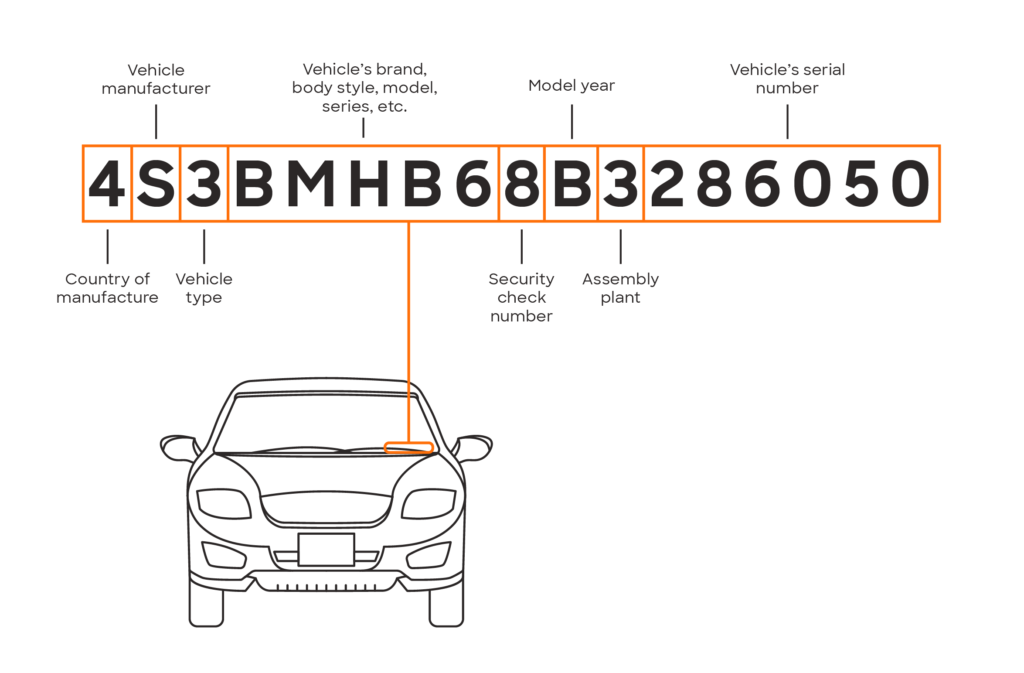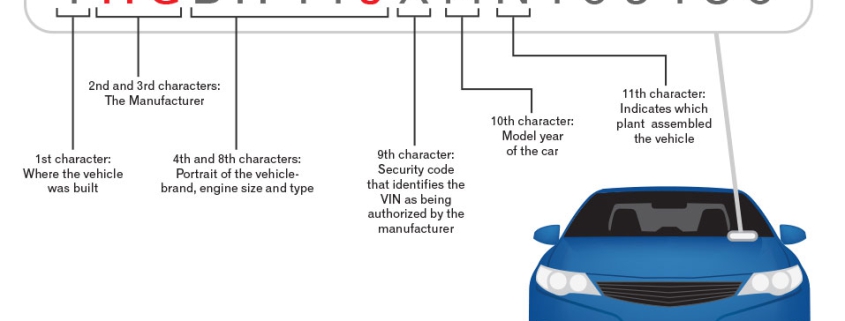Vehicle’s VIN Code Number
Every vehicle in operation or use expected to have its own VIN code. The Vehicle Identification Number (VIN) is a unique identification number that usually assigned to vehicles. This is to reveal all important information about them. Since the International Organization for Standardization (ISO) standardized VIN numbers so early. every vehicle now has a unique 17-digit VIN code. This of course includes passenger cars, commercial trucks and trailers. The country of origin VIN codes are one of the important pieces of information that the VIN contains. Furthermore, the first letter of the VIN number represents the country code, used to identify autos’ region. For example, the letter “J” represents the country “Japan”, and the number “2” represents Canada.
National Highway Traffic Safety
 The National Highway Traffic Safety Administration requires that all new vehicles carry a VIN. However, vehicles manufactured in the United States should carry 17-unique VIN codes. VIN codes consist of letters and numbers, except for the letters “I,” “O,” and “Q.” The manufacturer’s global identifier represents the first three letters of the vehicle identification number (VIN). The first symbol represents the country of origin of your vehicle. The second code describes the manufacturer and the place. To clarify more, this is the country where your car manufactured. This third symbol, in addition to the first two symbols, represents the type of car. The Society of Automotive Engineers (SAE) required to issue a Manufacturer ID number. The letters representing this section located from the fourth to the eighth columns. Their used based on local regulations to identify the type of car. There are other information too: the model, the car body/car body, and the model. Each manufacturer has a specific custom system for using this section. Many manufacturers used the eighth symbol to identify the type of engine.
The National Highway Traffic Safety Administration requires that all new vehicles carry a VIN. However, vehicles manufactured in the United States should carry 17-unique VIN codes. VIN codes consist of letters and numbers, except for the letters “I,” “O,” and “Q.” The manufacturer’s global identifier represents the first three letters of the vehicle identification number (VIN). The first symbol represents the country of origin of your vehicle. The second code describes the manufacturer and the place. To clarify more, this is the country where your car manufactured. This third symbol, in addition to the first two symbols, represents the type of car. The Society of Automotive Engineers (SAE) required to issue a Manufacturer ID number. The letters representing this section located from the fourth to the eighth columns. Their used based on local regulations to identify the type of car. There are other information too: the model, the car body/car body, and the model. Each manufacturer has a specific custom system for using this section. Many manufacturers used the eighth symbol to identify the type of engine.



